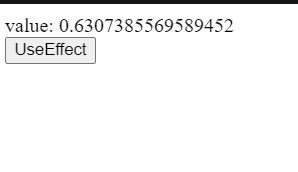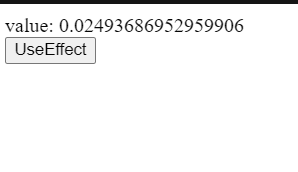I have a very simple React app to better understand how useEffect works.
This app has the App component with useEffect hook. Inside this hook, I simulate a heavy synchronous task using a for loop.
I am curious about the reasons behind the differing rendering outcomes when I place the for loop inside or outside the if condition.
import { useState, useEffect } from "react";
function App() {
const [value, setValue] = useState(0);
useEffect(() => {
for (let index = 0; index < 1e9; index++) {}
if (value === 0) {
// or inside
// for (let index = 0; index < 1e9; index++) {}
setValue(Math.random());
}
}, [value]);
return (
<div>
value: {value}
<div>
<button onClick={() => setValue(0)}>UseEffect</button>
</div>
</div>
);
}
export default App;
Here is my code: https://codesandbox.io/s/useeffect-3zkw27
When I place for loop outside if condition:
When I place for loop inside if condition:
You can see that rendered value changes much faster when the loop is inside if condition. Any ideas why?
UPDATE. Ok, I have decided to change my code a bit in order to run for loop only once. Let’s say I have for loop either inside if or inside else. Again, I have visually different behaviour… So I am closer to understand the behaviour, but still it is not clear.
useEffect(() => {
if (value === 0) {
// for (let index = 0; index < 1e9; index++) {}
setValue(Math.random());
} else {
for (let index = 0; index < 1e9; index++) {}
}
}, [value]);






2
Answers
Eventually, I changed my code to have just one execution of a for loop. Now, I have a better understanding of what's happening.
You can find the results of my 'study' here:
https://github.com/esinmy/useEffect-vs-useLayoutEffect
I would probably use logs without
<StrictMode>to understand this better:Outside of the
ifstatement:Inside the
ifstatement: